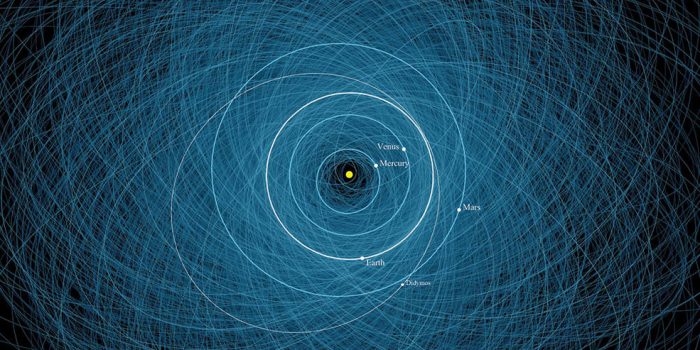The next-generation asteroid impact monitoring system from the National Aeronautics and Space Administration has officially launched. The system is intended to enhance the agency’s ability to analyse the risk of asteroids colliding with Earth. According to NASA, survey telescopes that continuously scan the night sky have found nearly 28,000 near-Earth asteroids to date, with fresh discoveries occurring at a pace of about 3,000 per year.
Sentry-II is a new technology that can use data from telescopes to calculate an asteroid’s path over the next century. The revised algorithm excels at predicting odd and unusual circumstances that the old Sentry system failed to cover.
In other words, if an asteroid strike is likely, we might have plenty of warning – at least, that’s the theory. While projections will always be subject to some uncertainty, our enhanced alarm system is now more sophisticated than ever.
The Center for Near-Earth Object Studies is run by NASA’s Jet Propulsion Laboratory in Southern California, and it calculates every known NEA orbit to improve impact hazard estimations. CNEOS has used software named Sentry, an early version of Sentry-II created by JPL, to monitor the impact risk posed by all known NEAs.
Automation expert Javier Roa Vicens, who pioneered the development of Sentry-II at NASA’s Jet Propulsion Laboratory and is now with SpaceX’s Starlink, said “The first version of Sentry was a very capable system that was in operation for almost 20 years,”
He stated that the technique was based on “extremely smart maths” capable of properly calculating the impact probability of a newly detected asteroid over the next 100 years.
Vicens claims that with Sentry-II, NASA now has a technology that can quickly compute impact probability for all known NEAs, even some that the original Sentry missed. Researchers have made the impact monitoring system more robust by methodically computing impact probabilities, allowing NASA to confidently assess all potential consequences with odds as low as a few chances in 10 million, he explained.
A better approach for tracking asteroids that pass very close to Earth is also included in the new system. The gravitational pull of our planet can produce a lot of uncertainty in asteroid paths, but Sentry-II is better equipped to account for it.


